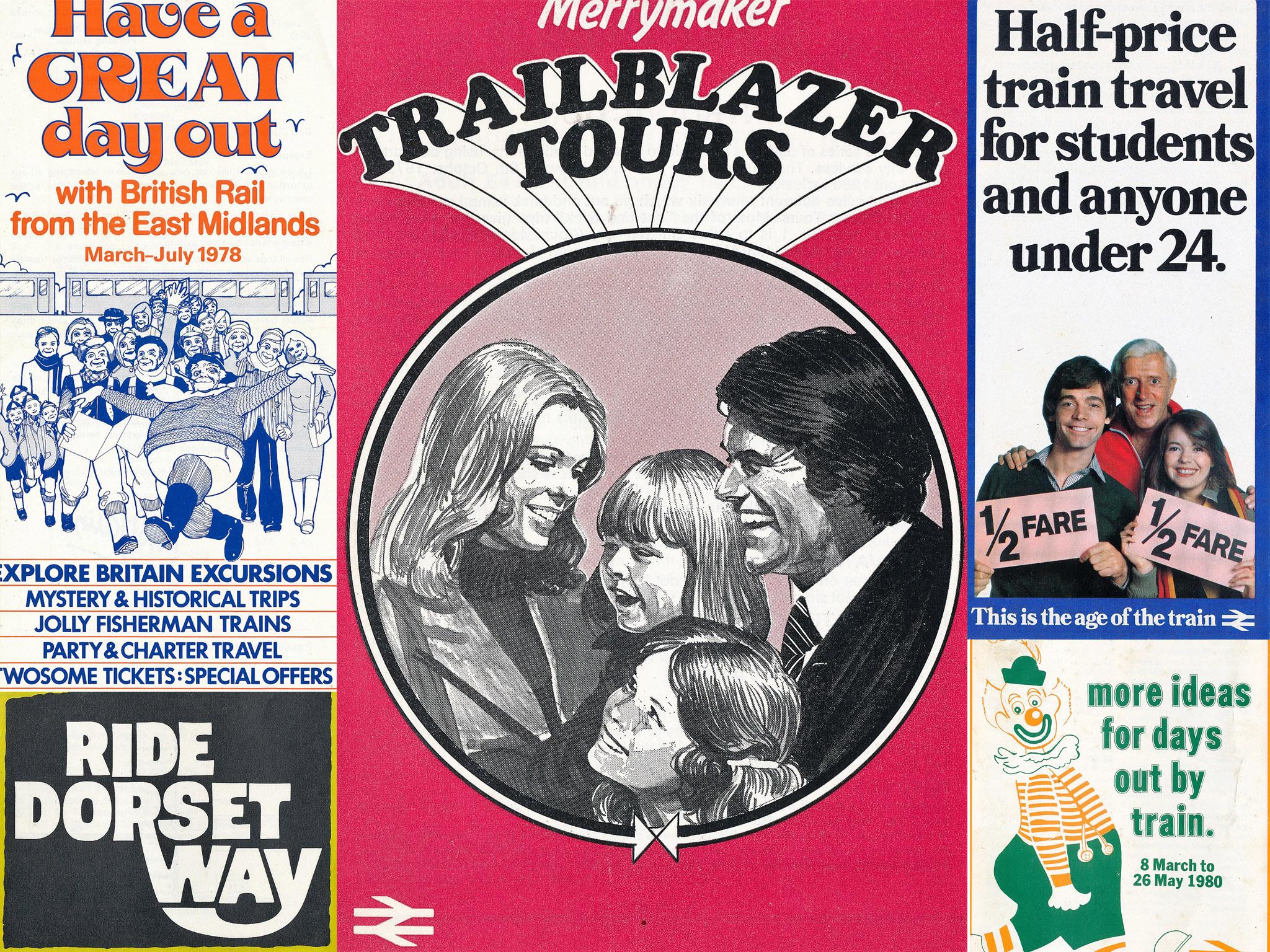Journey into the past: the joy of collecting railway literature
Godfrey Holmes reflects on time(tables) gone by

All railway counter literature is advertising, right? To get bums on seats; to keep existing customers; to tempt future customers; or to propagate the company image. And timetables and flyers are free: shiny paper, maybe just the size of one third of an A4 sheet. So why hang on to this ephemera – why not consign it to landfill? Well, railways evolve: new operators, new livery, new stations, new routes, new rolling stock. It offers a fascinating glance at times gone by, and allows us to compare and contrast, say, 1979 with 2019.
Operators wish to provide exact timing, up-to-date timing, changed timing due to engineering work, diversion timing, holiday express timing, racecourse timing, away match timing – and also timings to connect with heritage railways like Keighley & Worth Valley, where both those and the mainline share stations.
These leaflets and posters also promote trains as a leisurely, a relaxed and sometimes even an economic travel option for sightseeing, big item shopping, visiting friends, keeping up with relatives, watching a screening or attending a performance.
Flyers also keep you in the loop. Most railway buffs and travelling companions will not have seen what you’ve acquired, but these colourful, inventive and original flyers help you recall your last outing or holiday.
They’re light enough to post on as souvenirs for others, too. And above all, complimentary railway literature is so common as to be rare; so topographic as to have universal appeal; so current as to be historic – and so temporary as to be permanent.
Join our commenting forum
Join thought-provoking conversations, follow other Independent readers and see their replies
Comments